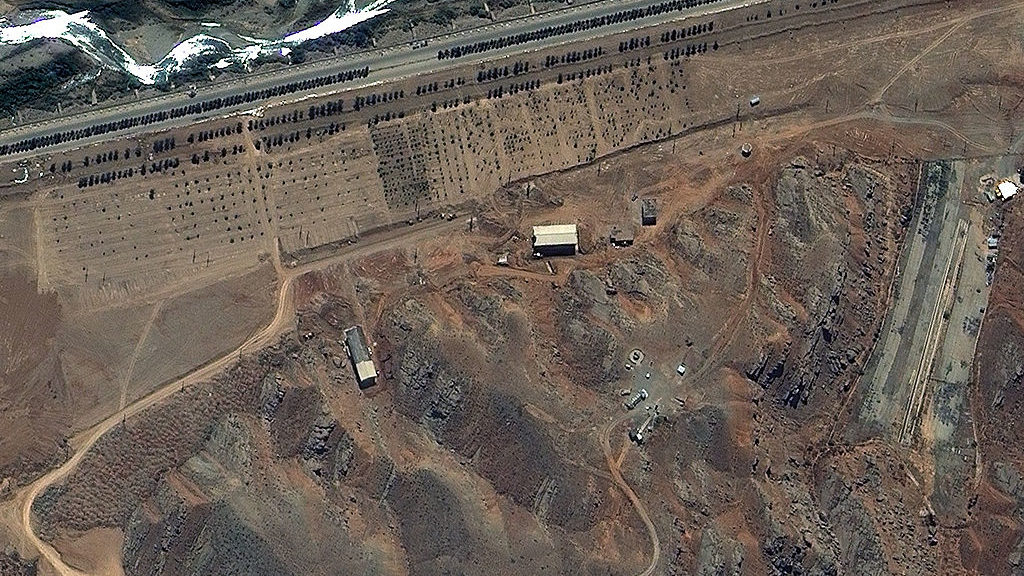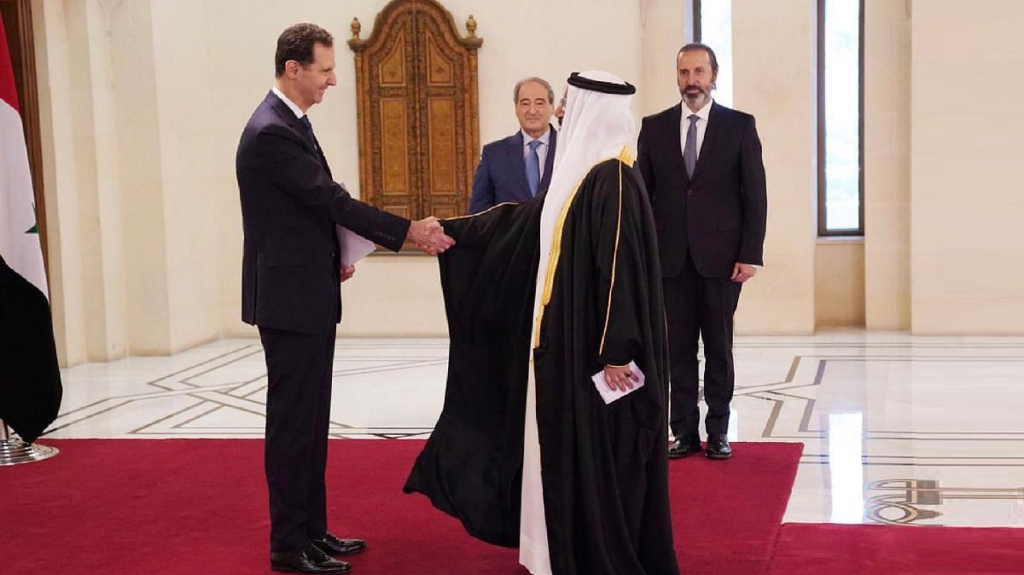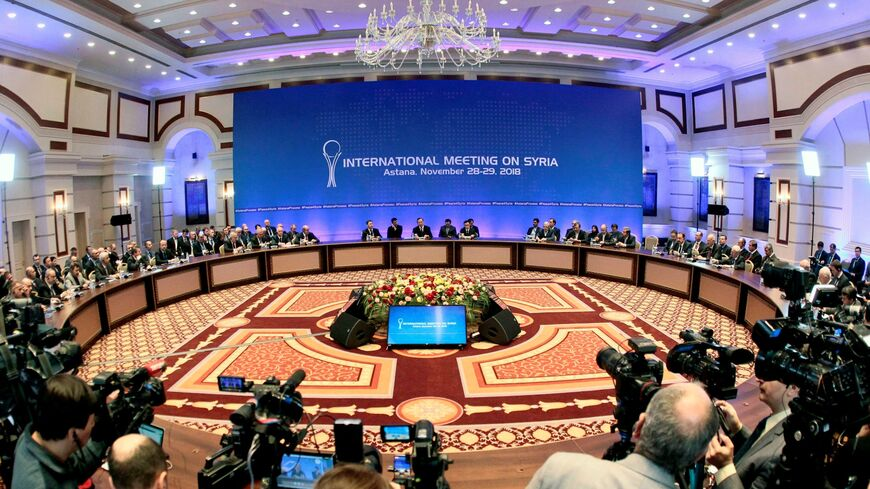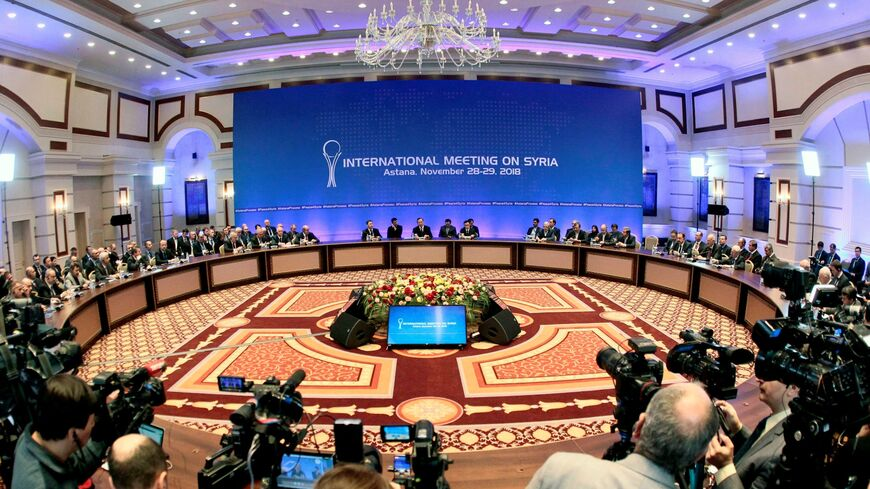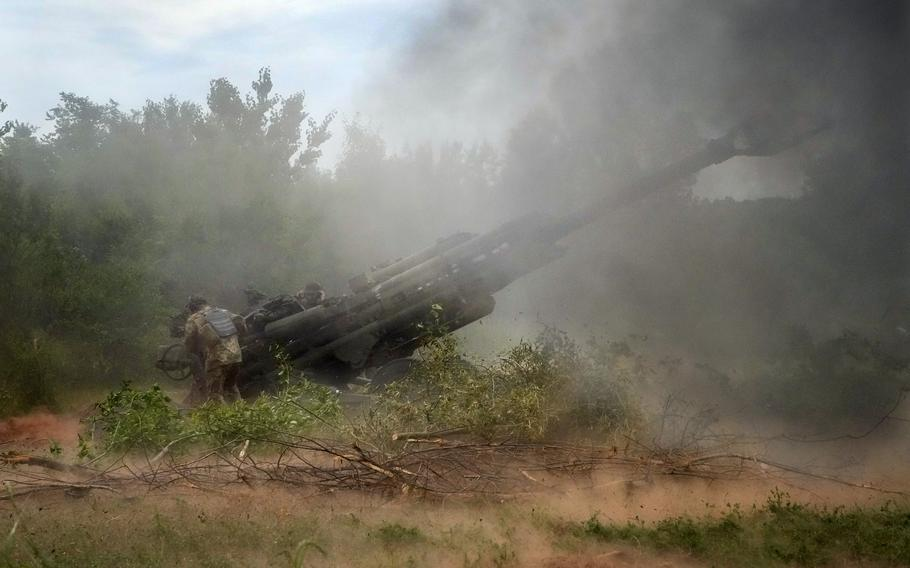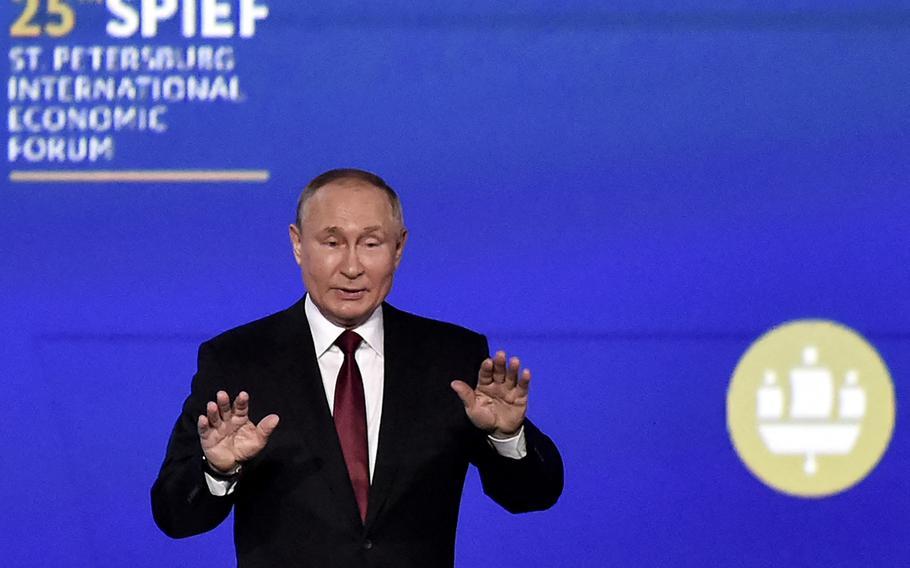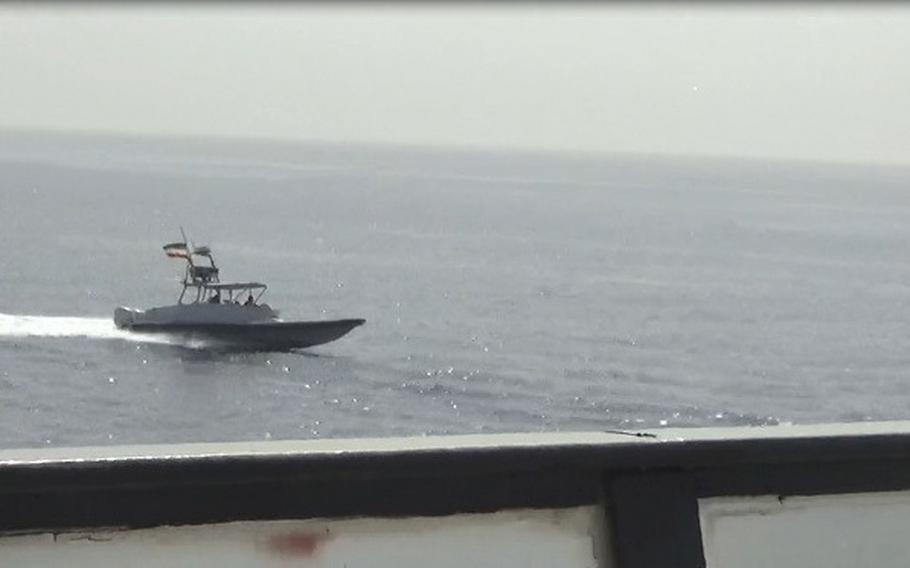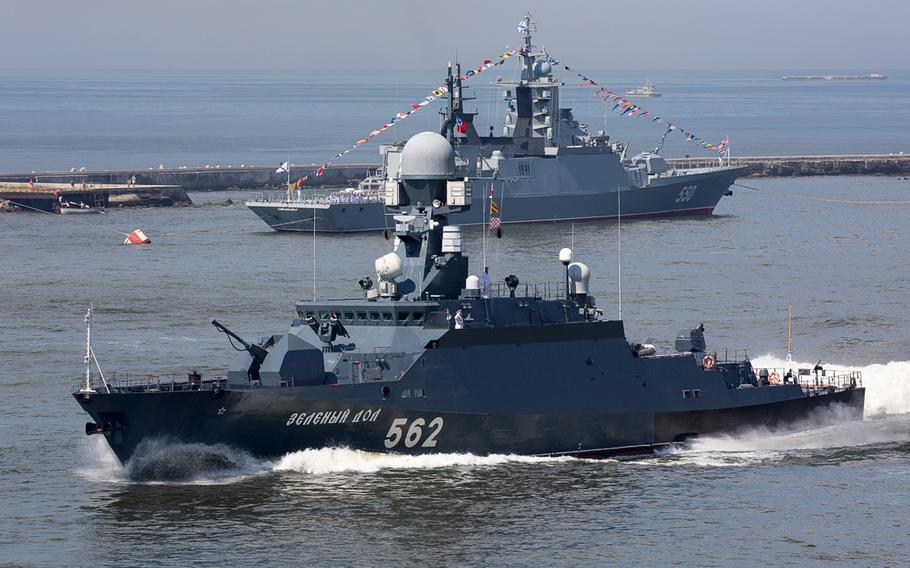Global Conflict Management: Why Russia, NATO, the EU and Ukraine Cannot Make Peace?
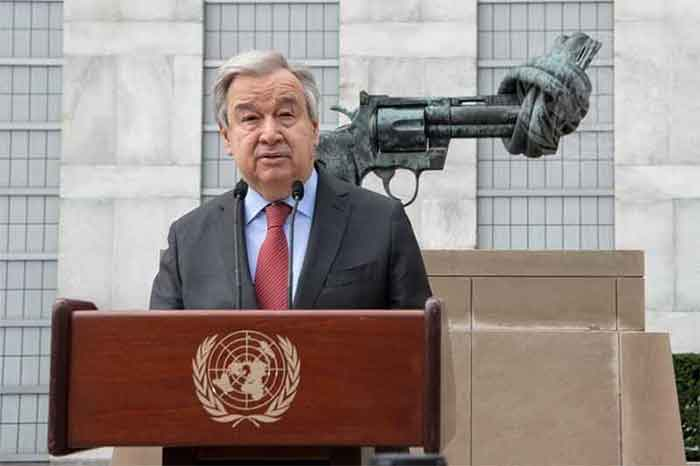
The global mankind witnessing a fearsome and ferocious flow of military actions and reactions causing tragic human causalities that could inundate all norms of morality and civilizations plunging us to timeless darkness. Do the leaders know what they are doing or are they all delusional by Nature? When We, the People of knowledge speak truthfully of the creation of human beings and human Nature, we echo inspiration from the Divine Revelations – the truth and nothing but truth – the Qur’an, the Bible and Torah reveal similar narrative as a staunch REMINDER:

